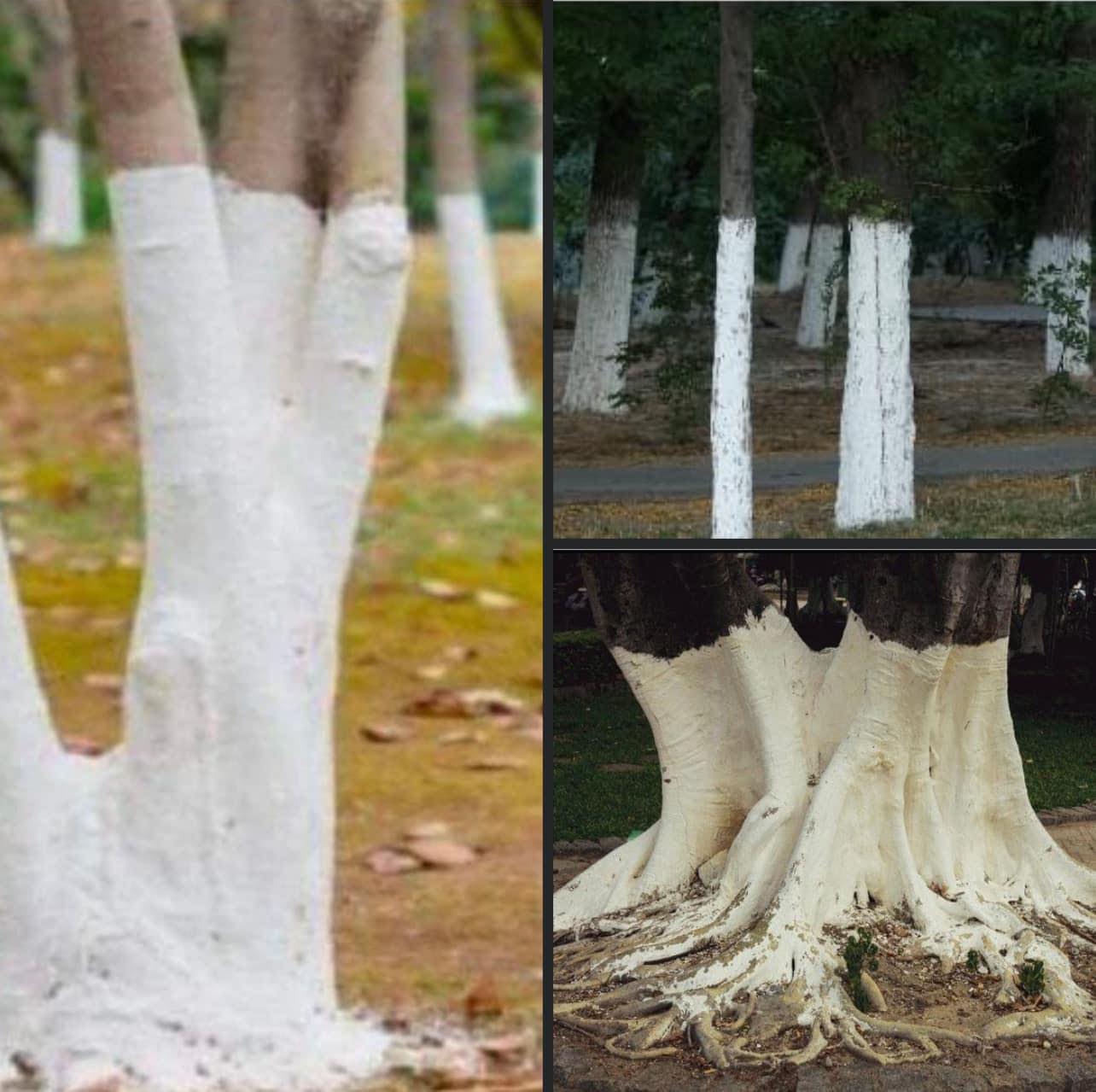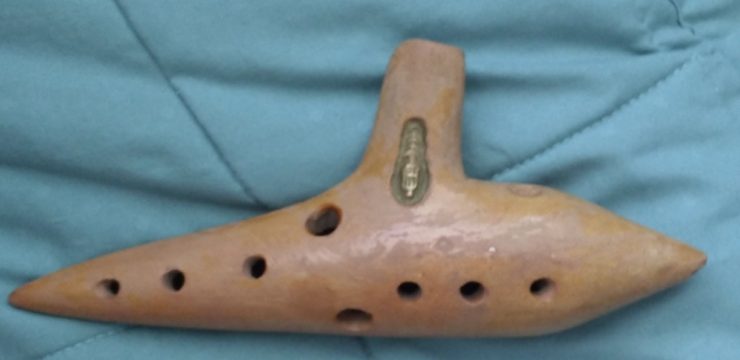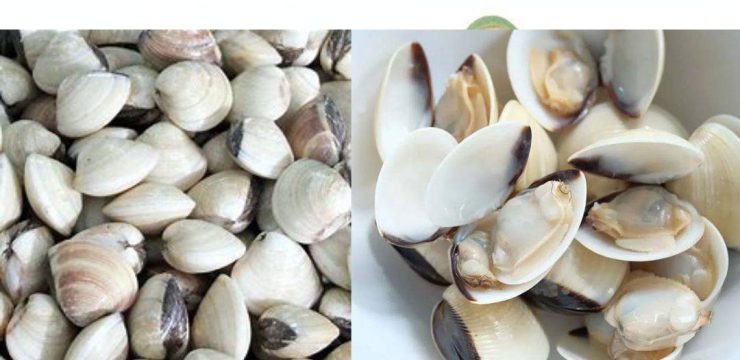Whether you love the internet or feel overwhelmed by it, there’s no denying that it has become an essential part of everyday life. It not only keeps us connected with friends and family but also acts as an endless source of knowledge. In fact, the internet holds more information than thousands of libraries combined—and best of all, it’s always just a few clicks away. Back in the day, if you had a question about something obscure, you’d have to dig through books or find an expert willing to share their knowledge. Today, the answer is likely already online, just waiting to be discovered.

That’s what makes it such a great tool for understanding the little mysteries around us—like why some barns have giant stars on them or what it means when a man has a single fingernail painted. And if you’ve ever stared at the ocean and noticed square waves near the shore, we’ve covered that too. Our goal is to shed light on everyday oddities and help explain things you’ve probably seen but never fully understood. One of those strange sights that recently caught our attention was a photo of trees with their trunks painted white. At first glance, it looked a bit odd—why would someone paint tree trunks? So, naturally, we did what we always do: we started researching. What we found was surprisingly practical and rooted in science.
As it turns out, painting tree trunks white is not a decorative decision, nor is it part of a landscaping trend. It’s actually a common and time-tested technique used in winter to protect trees from sunscald. Yes, you read that right—sunscald. Just like humans, trees can suffer from sun damage, and this is especially common during colder months. Here’s how it works: during winter, sunlight can warm the tree bark significantly during the day, especially on the south or southwest side of the trunk. That warmth causes the bark tissue to expand. But at night, when temperatures drop suddenly, the bark cools down too quickly and contracts. This rapid temperature shift causes stress, which can lead to the bark splitting or cracking.
These cracks can cause long-term damage and even leave the tree vulnerable to disease and insects. That’s where the white paint comes in. When applied to the lower portion of a tree’s trunk, it helps reflect sunlight during the day. This reflection keeps the bark from heating up too much, which reduces the chance of damage when temperatures fall at night. It’s a simple yet effective method to protect young or thin-barked trees, especially in orchards or areas with unpredictable winter weather.
The paint used is typically a diluted latex-based white paint mixed with water, applied just a couple of feet above the ground. You might also see other painted markings on trees, each serving a different purpose. For example, an orange dot usually indicates a tree is scheduled to be removed, while purple paint often marks private property or signals “no trespassing” zones in rural areas. These color codes are useful tools in land management and conservation efforts. But when it comes to white paint, it’s all about shielding trees from the harsh effects of sunlight during cold months. Before looking into it, we had no idea trees needed sun protection—especially in the winter! It’s one of those small but fascinating facts that shows just how much care goes into managing our environment and keeping trees healthy. So next time you come across a white-painted tree, you’ll know it’s not just some quirky design choice—it’s a smart, proactive measure to protect the tree’s trunk. We’re curious—did you already know about this? Or is this one of those facts that caught you by surprise like it did us? Either way, we’d love to hear your thoughts, so drop a comment and let us know what you think!





